Jacobs Ladder Flower Images Easy Front Yard Landscaping
When you think of meadows you may think of acres of rolling hillside, Julie Andrews and lazy summer days. However, the wildflower meadow is under threat from over development of green spaces. So now a number of gardeners are looking to recreate smaller versions of these in their own gardens. Helping to create a refuge for nature and also increase the beauty of our their gardens in fighting back the tide of concrete.
This guide is going to show you how any size garden can benefit from either a mini meadow or at least incorporating some fuss-free wildlife-friendly plants.
- Types of Wildflower Meadow Explained
- Annual Wildflower Meadow Tips
- Perennial Wildflower Meadow Tips
- Top 10 Wildflower Meadow Plants
- How to Plant a Wildflower Meadow
- How to Grow Your Own Wildflower Meadow Plants
Types of Wildflower Meadow Explained
There are two main types of wildflower meadow. Which ever you choose has its benefits and drawbacks which I'll explain in this article.
- Annual wildflower meadow
- Perennial wildflower meadow
Annual Wildflower Meadow Tips
An annual wildflower meadow is based upon a mix of annual (single season) plants that both grown, flower, set seed and then die each year. These annual meadows often feature the more showy and varied flower colours.
Contrary to many peoples belief they are hard to establish and difficult to maintain without significant input each year. You're either going to be sowing seeds or laying wildflower turf to start your meadow.
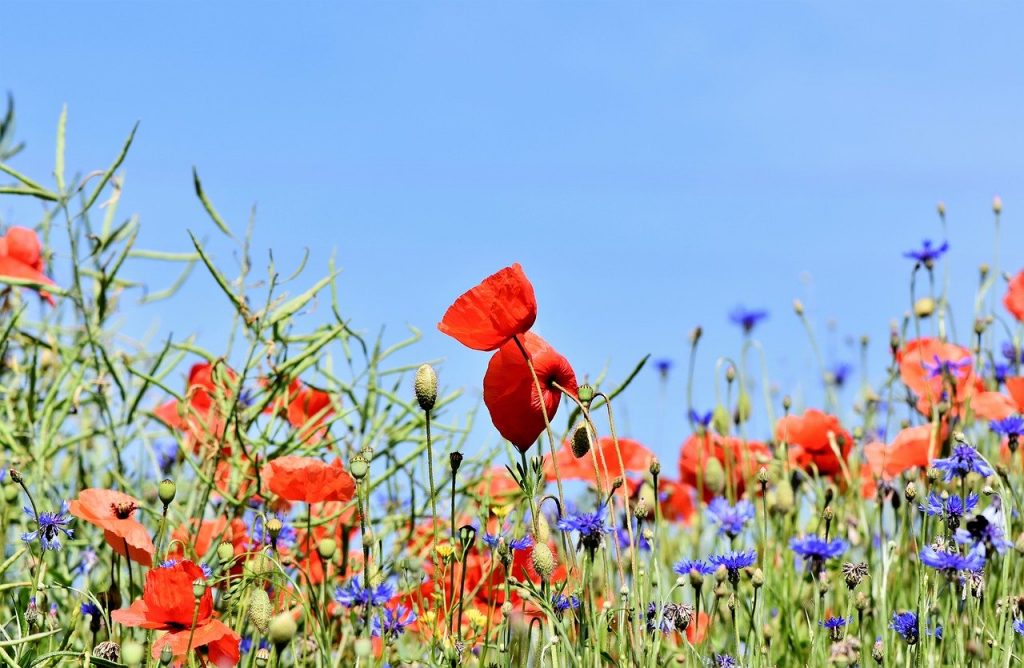
If you've been led to believe all you need to do is scatter a wildflower seed mix down on lawn or some open ground then sit back with the Chablis you're sadly wrong. Your chances of success and germination deteriorate severely without significant preparation and removal of weeds or existing plants.
Annual Meadow Seed Mix Example
Below is an example of some of the annual wildflower seed species you may find. Sometimes these are pre-mixed in packets with a number of other native and non-native species. They are used mainly for first-year colour with some establishment each year after.
- Ammi majus (Bishops Weed)
- Rudbeckia hirta (Black-eyed Susan)
- Centaurea cyanus (Cornflower)
- Delphinium ajacis (Larkspur)
- Atriplex hortensis (Red Orache)
- Eschscholzia californica (Californian Poppy)
- Agrostemma githago (Common Corncockle)
- Linaria maroccana (Moroccan Toadflax)
- Matricaria inodora (Wild Chamomile)
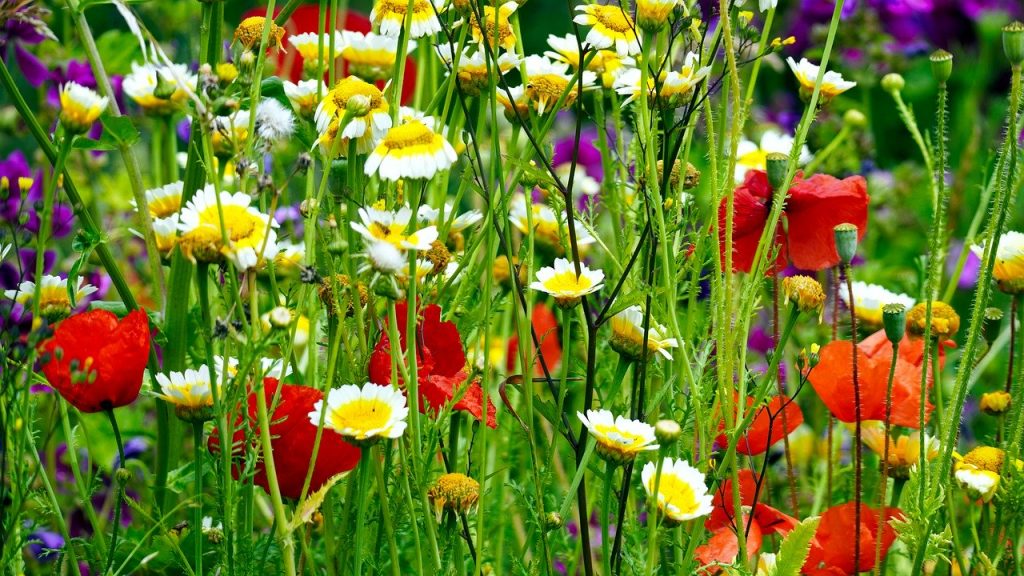
The drawbacks with an annual meadow are the amount of initial preparation to get the seed mix to germinate and establish. These annual meadows require really poor soil to germinate and will not usually succeed if grasses or other weeds are present. This means you have to strip any turf or weeds from the area before sowing. If you have very fertile ground these seeds will struggle to take.
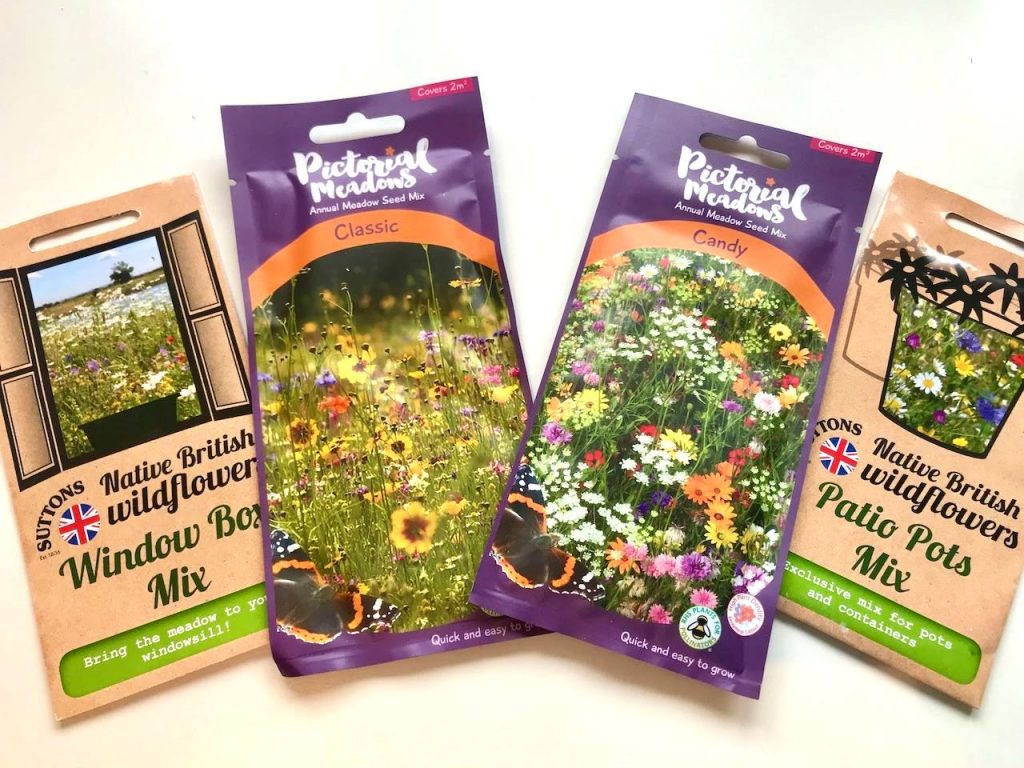
More often than not I hear from people who have tried to sow annual meadows but either failed to prepare the site properly or too high a soil quality scuppers their efforts!
You're also totally reliant on self-seeding each year. So you have to leave your meadow to flower, set seed then distribute it naturally. This is why in year two a number of species may disappear as they don't manage to set viable seeds or more competitive species outcompete them.
Perennial Wildflower Meadow Plant Mix
Whilst I love annual meadows I'm also a fan of saving both time and effort in the garden. Especially with new gardeners where failure can often put them off continuing! I also have a niggle with creating picture perfect meadow mixes that in reality would never thrive each year without huge amounts of interference. So I always prefer to use perennial native wildflower species instead when planting meadow mixes.
You may not get every colour under the sun but you can create a far more sympathetic and longer-lasting effect. Which both benefits wildlife from continued pollen/food sources and you the gardener from not having to reseed every year! In my experience, they can compete with grasses especially if some Toadflax is added to the mix. I also find it gets back to the true essence of what a meadow is without it being too fiddled with for Instagram worthy beauty alone.
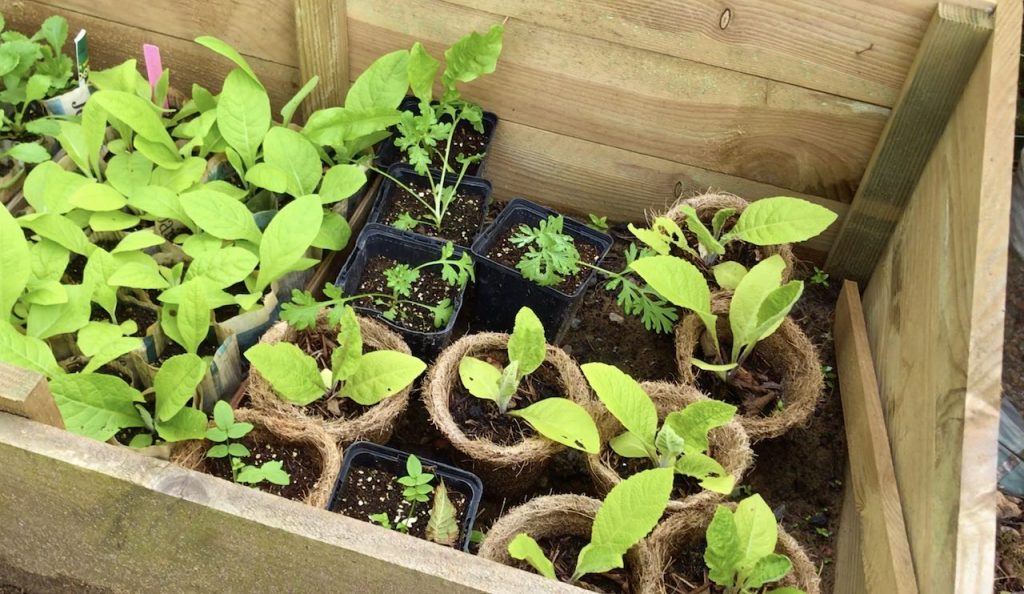
Top 10 Wildflower Perennial Meadow Plants
I use the following mix here in the UK for my meadow planting. Proven as either tough UK natives or real 'doers' in the garden these species can quite happily tolerate a bit of competition and come back year after year. You're not going to lose sleep on your well-earned summer holiday in Spain that they may not get pollinated before Autumn comes!
1. Inula helenium (Elecampane)
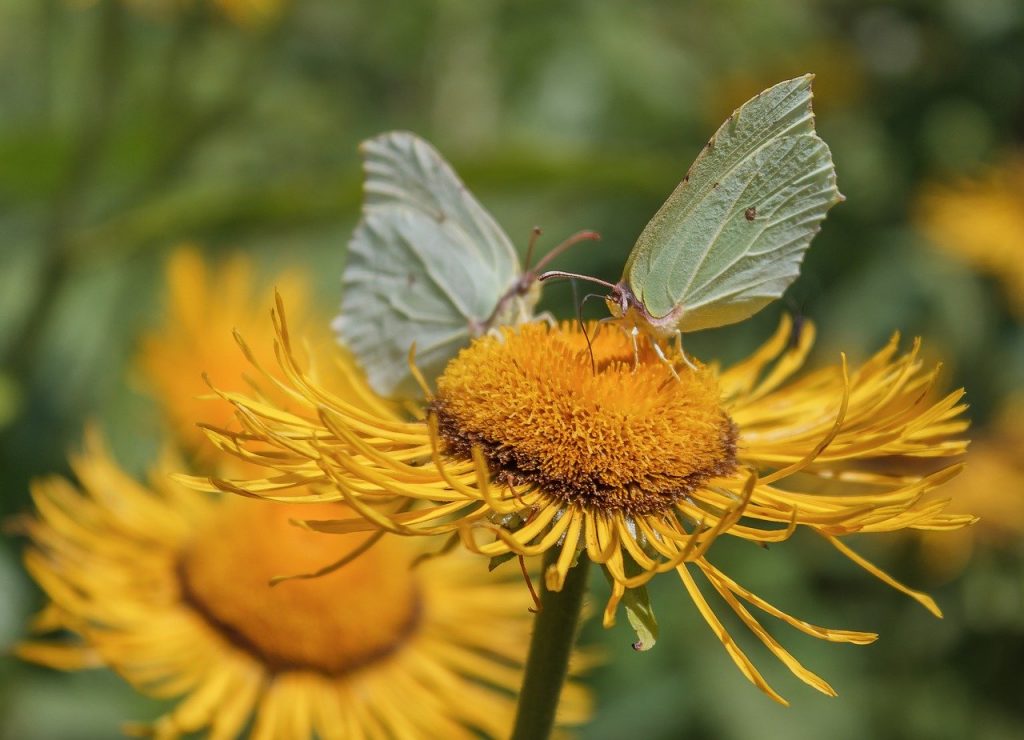
2. Polemonium caeruleum (Jacobs Ladder)
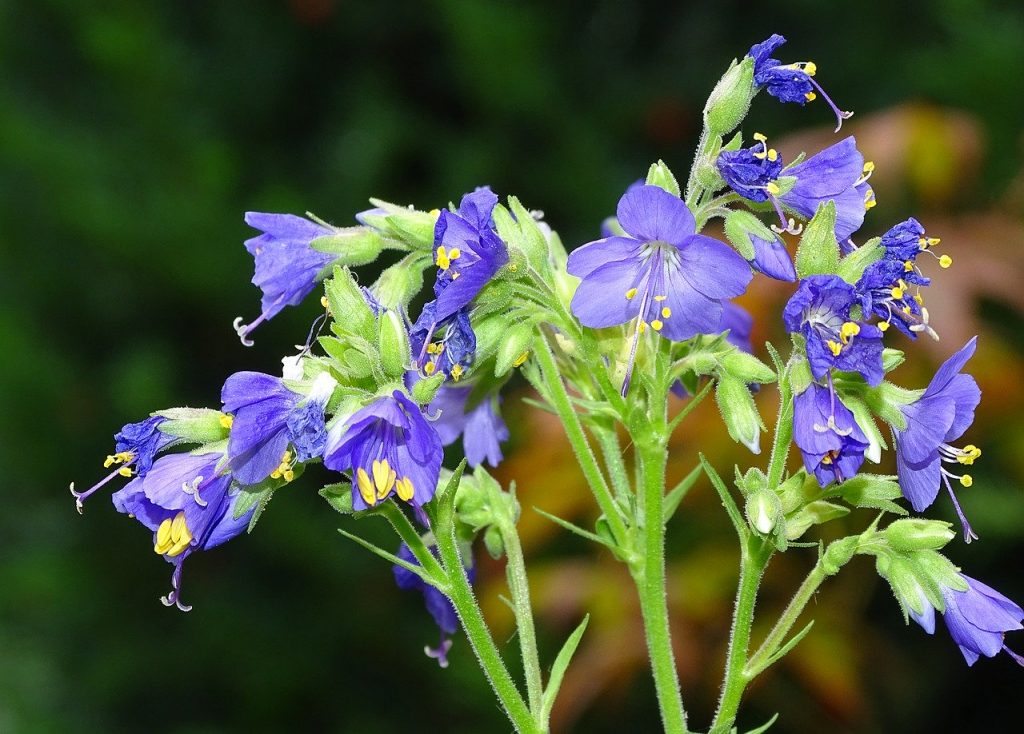
3. Hyssopus officinalis (Blue Hyssop)
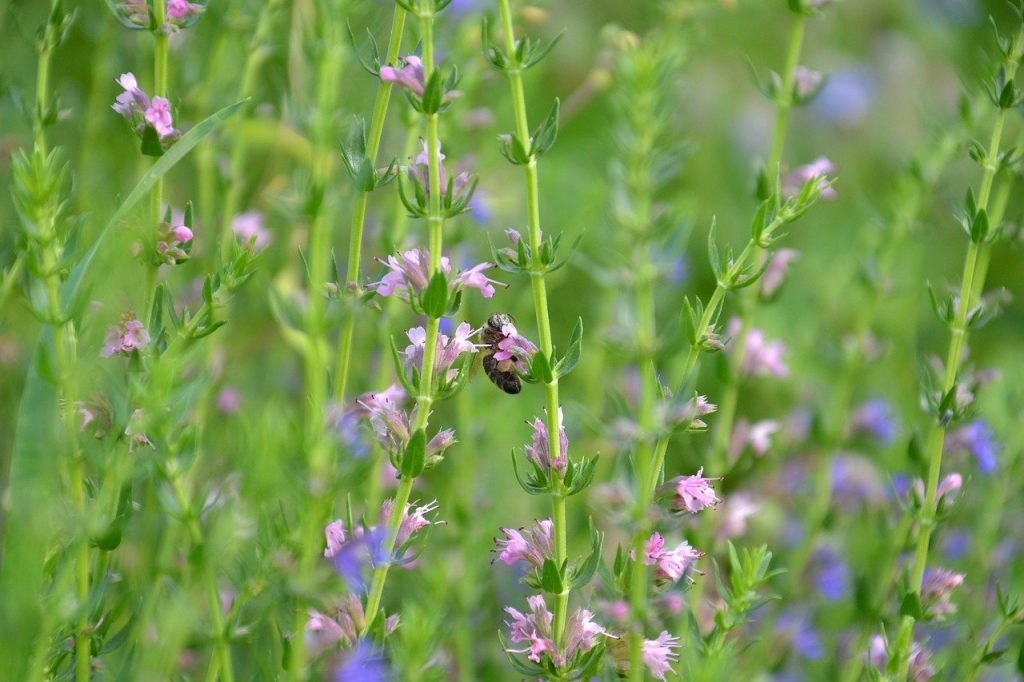
4. Malva sylvestris (Common Mallow)
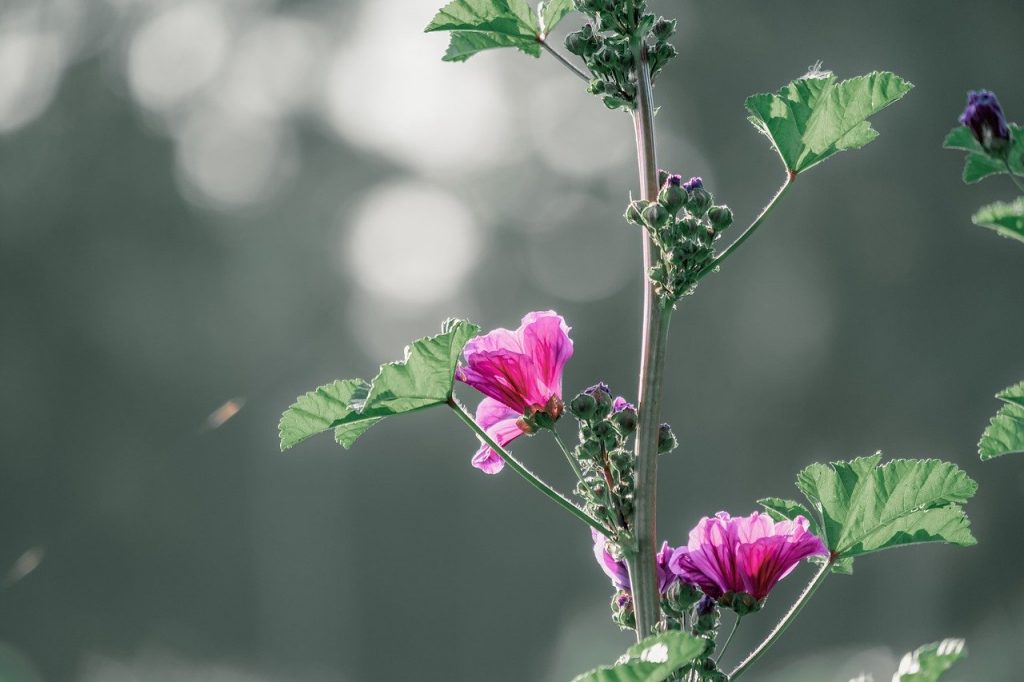
5. Achillea millefolium (Yarrow)
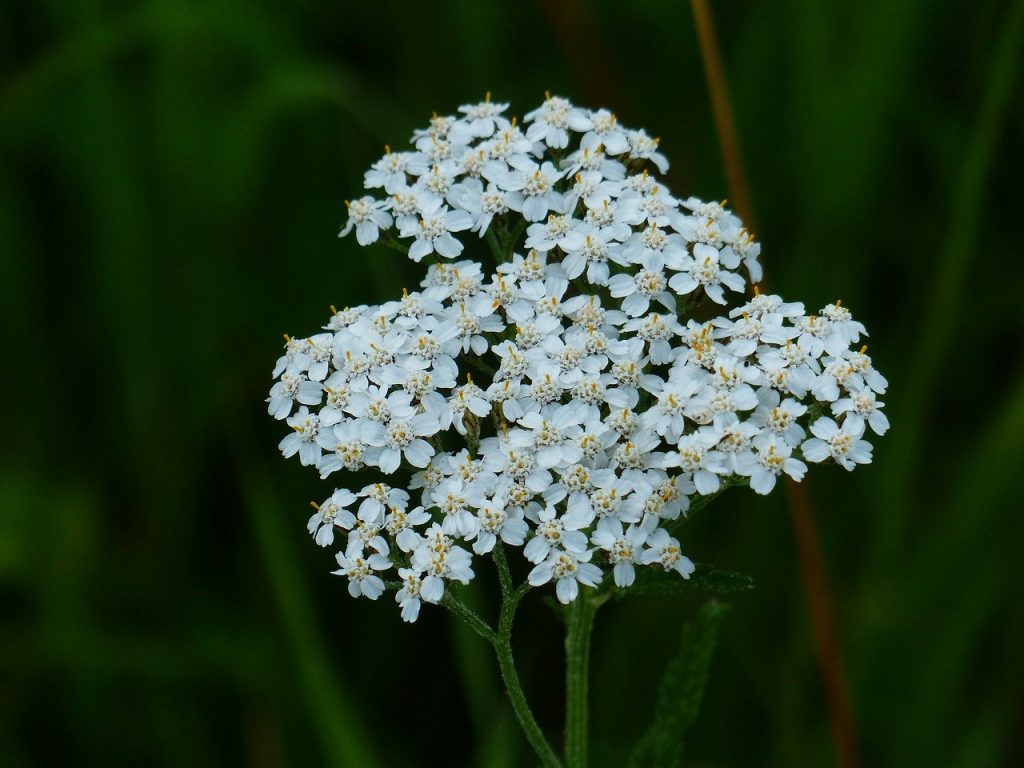
6. Leucanthemum vulgare (Oxeye Daisy)
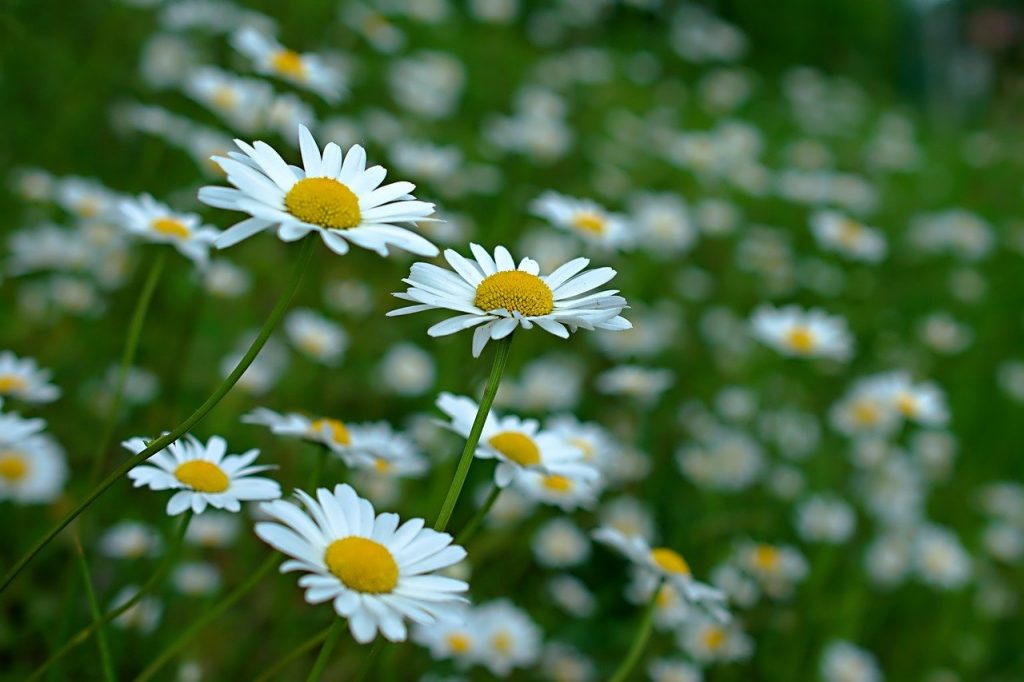
7. Linaria vulgaris (Toadflax – parasitic plant)
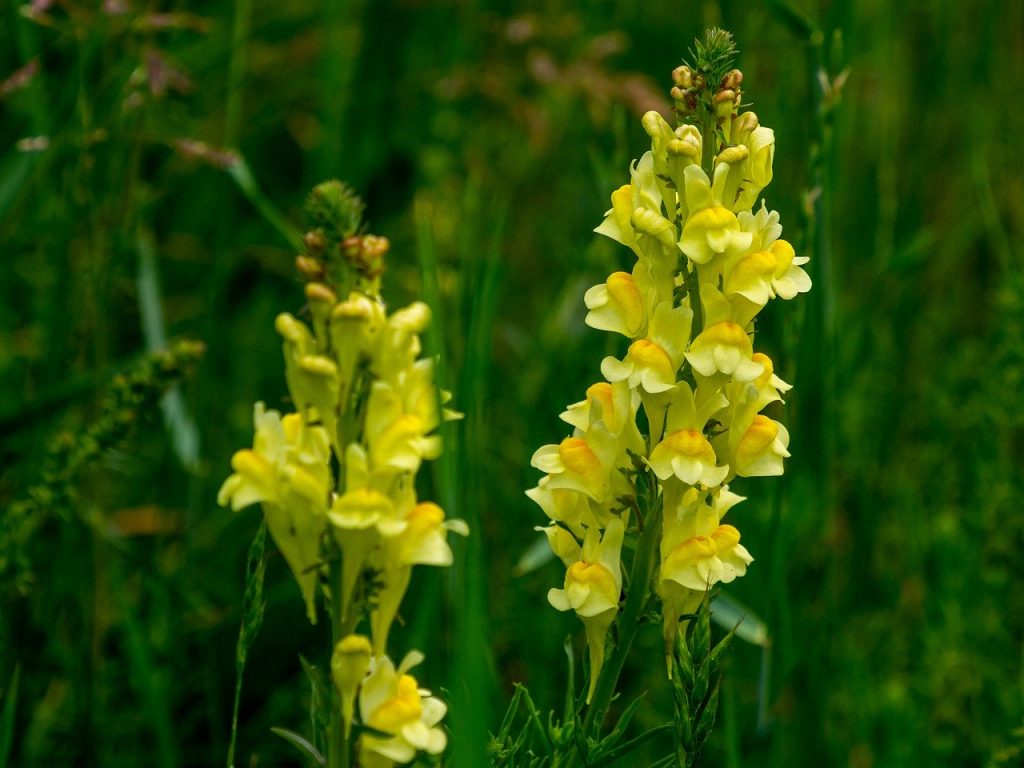
8. Cichorium intybus (Chicory)
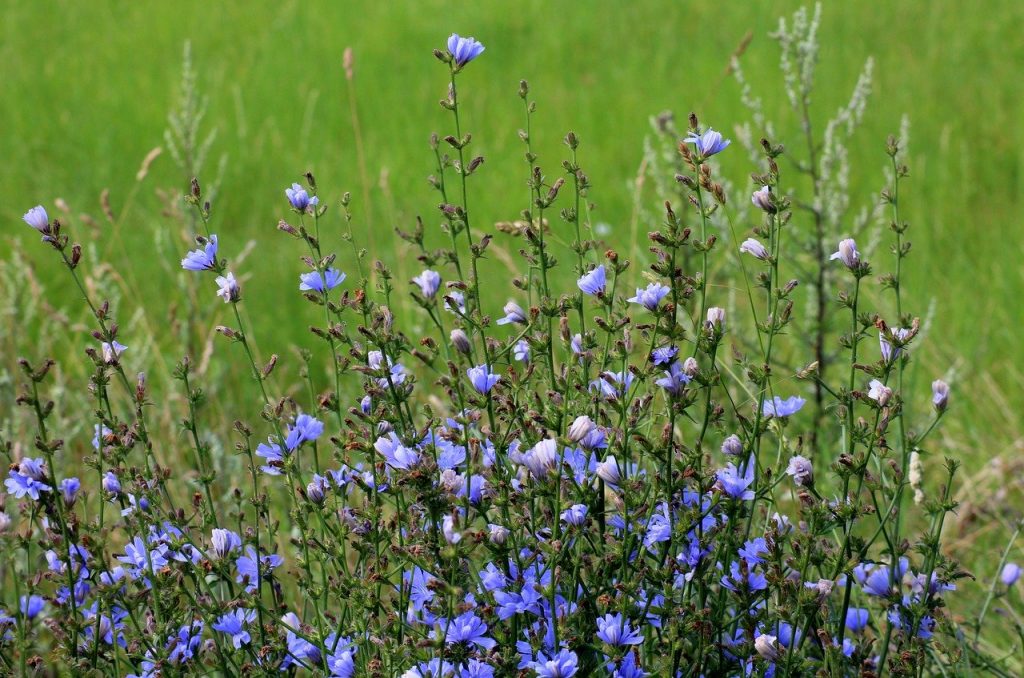
9. Artemisia absinthium (Wormwood)
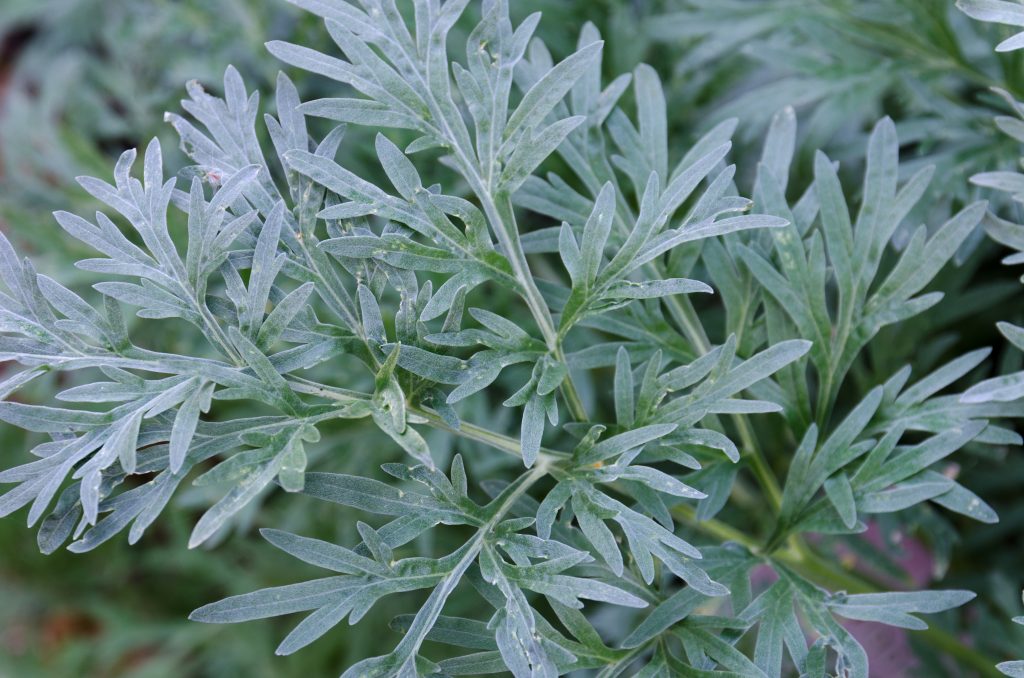
10 .Rudbeckia hirta (Black-Eyed Susan)
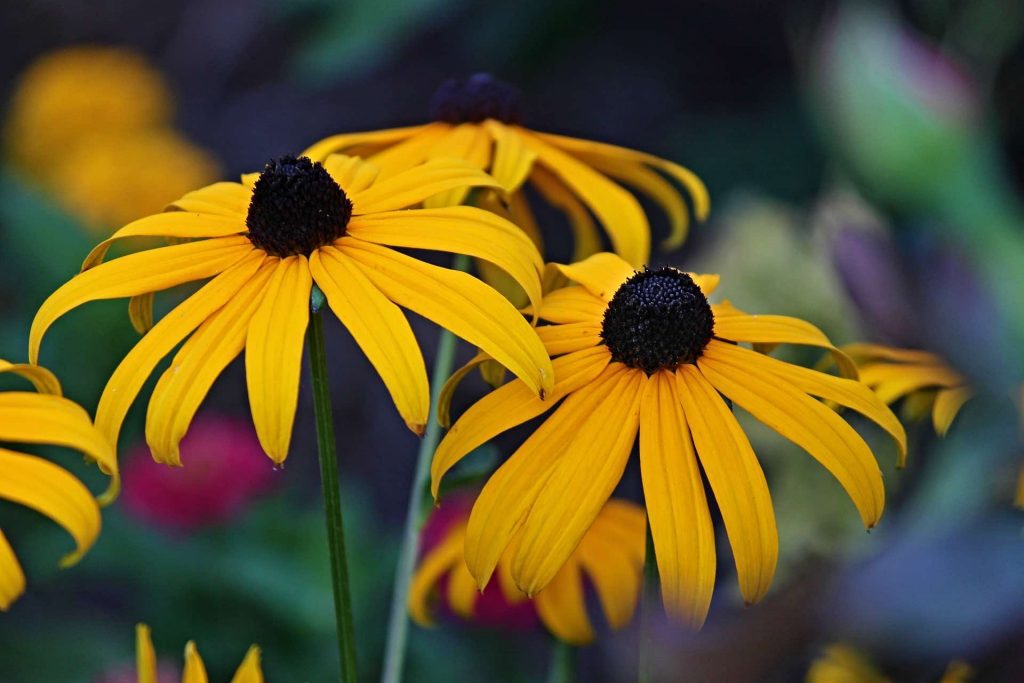
How to Plant a Wildflower Meadow
Ok so let's get down to business with my guide. Planting out a perennial wildflower meadow is far easier to do and more cost-effective than laying annual meadow turf or having to spend weeks removing turf to then reseed. This is because you're only paying for the seed, some compost and then your own time in sowing them on a window sill or greenhouse.
My method is to grow all of your own perennial wild flowers from seed which is both super cost effective and far more fun than the drop and run approach of annual seeds. You'll also get to really know your meadow plants and get a real sense of achievement as you watch them germinate. I have grown all of the above plants time and time again with no drama. So this is a real fool proof way of creating a wildflower meadow.
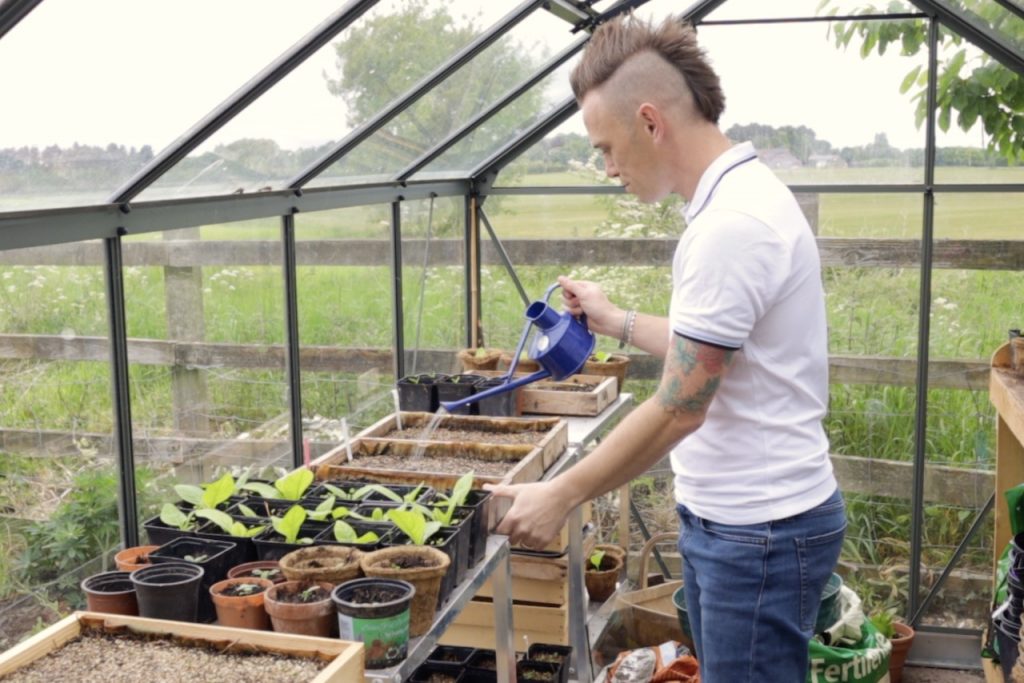
Lastly, this method allows you to scale the meadow up and down by growing plants according to the size of the plot. Whether its a meter wide strip at the end of a lawn or 4 acres of the grassy paddock!
Step by Step Perennial Meadow Planting Guide
Step 1: Choose a mix of herbaceous perennials wild flower candidates. The list above is not exhaustive but gives a nice mix of pink, blue, white and yellow wildflowers. Most of which are either native or have herbal properties (always triple check plant idents before eating or using them!).
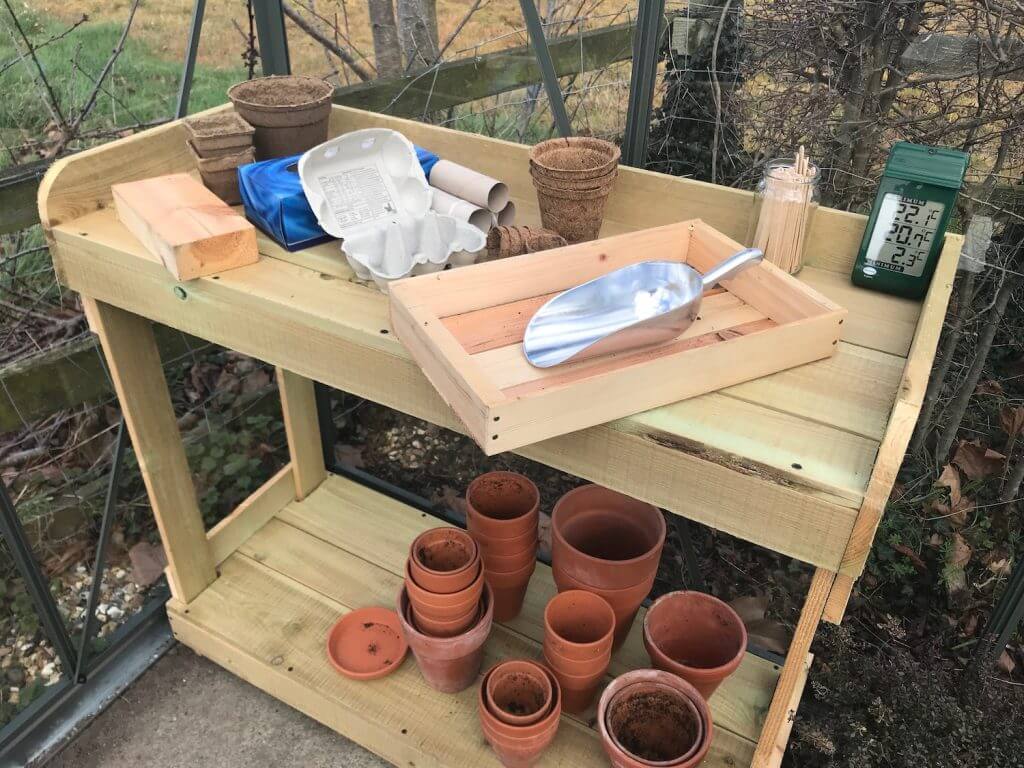
Step 2: As soon as spring arrives, ie March in the UK start to sow your wildflower seeds under glass or on a window ledge. (There's more detail on sowing seeds here and below). Remembering to sow them thinly and get ready to have many more plants than you initially expected. Good news for your friends and family!
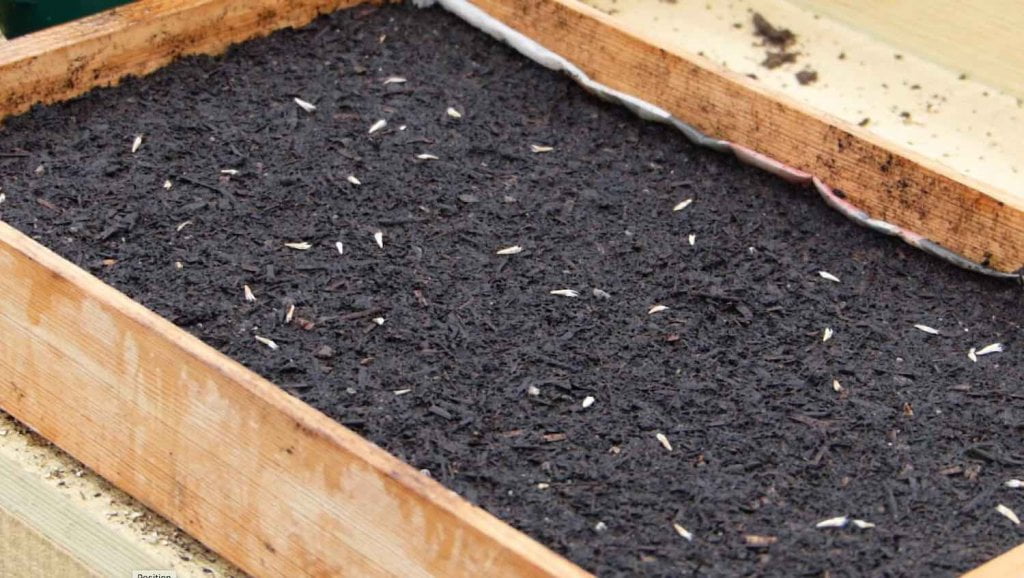
Step 3: Once your seeds have germinated and put on some growth, pot them on and then harden them off a few weeks after.
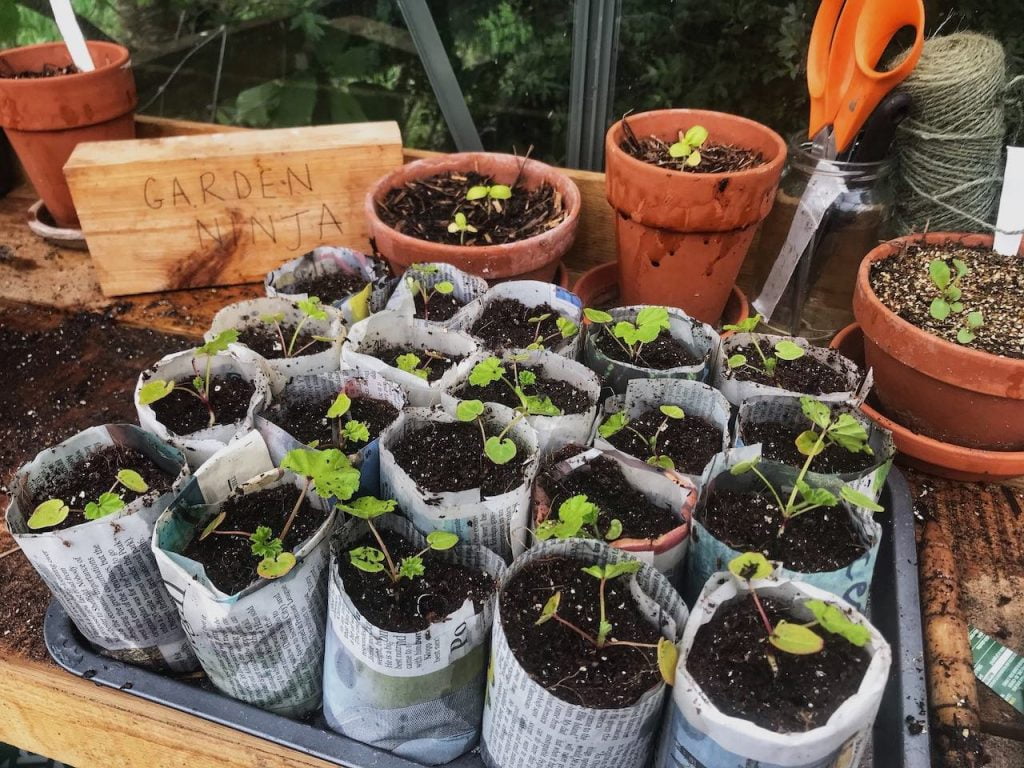
Step 4: Choose a suitable area for your wildlife meadow. It may be at the bottom of a lawn or an unloved border that's a bit lacklustre. Ideally, you want to remove as many perennial weeds as possible. Though with this method you don't need to totally cultivate the ground if it's in an ok condition.
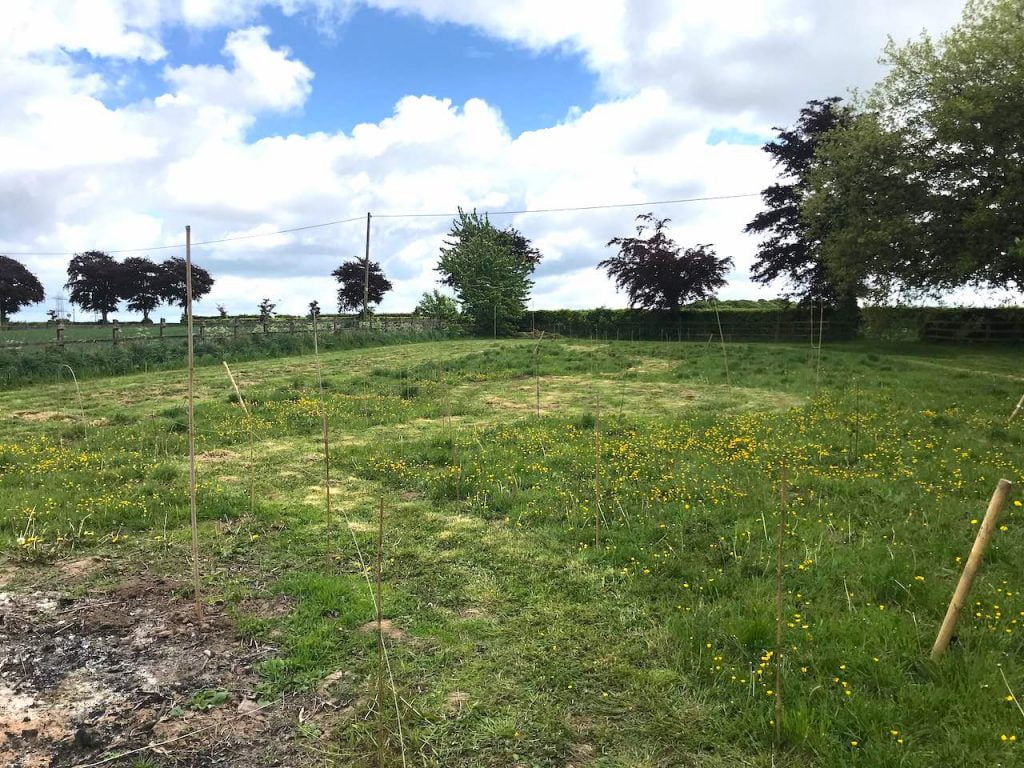
Step 5: Work out how many plants you need for this area – or use the amount you have to dictate the space you'll be giving over to the mini meadow! Ideally, space your plants about 60cm apart. Always check the ultimate height and growth. Planting closer than this can lead to them competing with each other. A 1m x 4m strip of the lawn may only need 5-10 plants depending on the species.
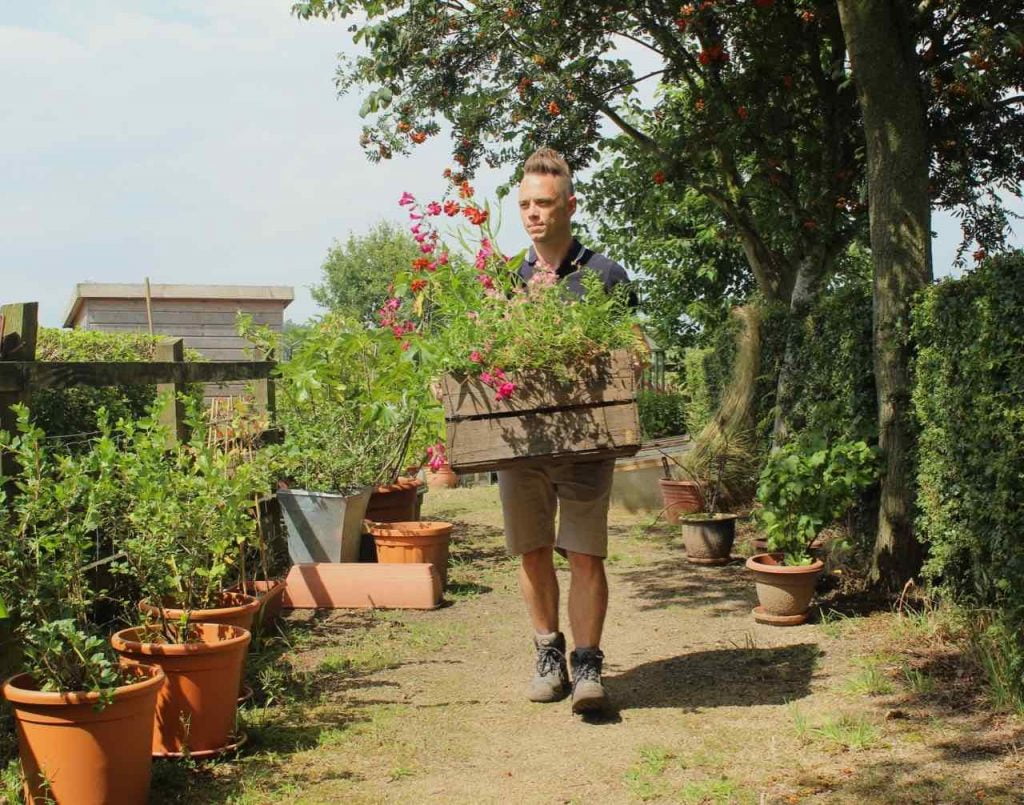
Step 6: If planting in lawn dig out a circle of turf that's 30cm diameter around the small plant. Remove the turf and then plant in your wildflower plant. This gives it a better chance of survival. I also keep the grass around these plants cut short so they get the best access to light and water whilst they establish. I try and plant in drifts of different plants for a more natural look rather than a formal pattern.
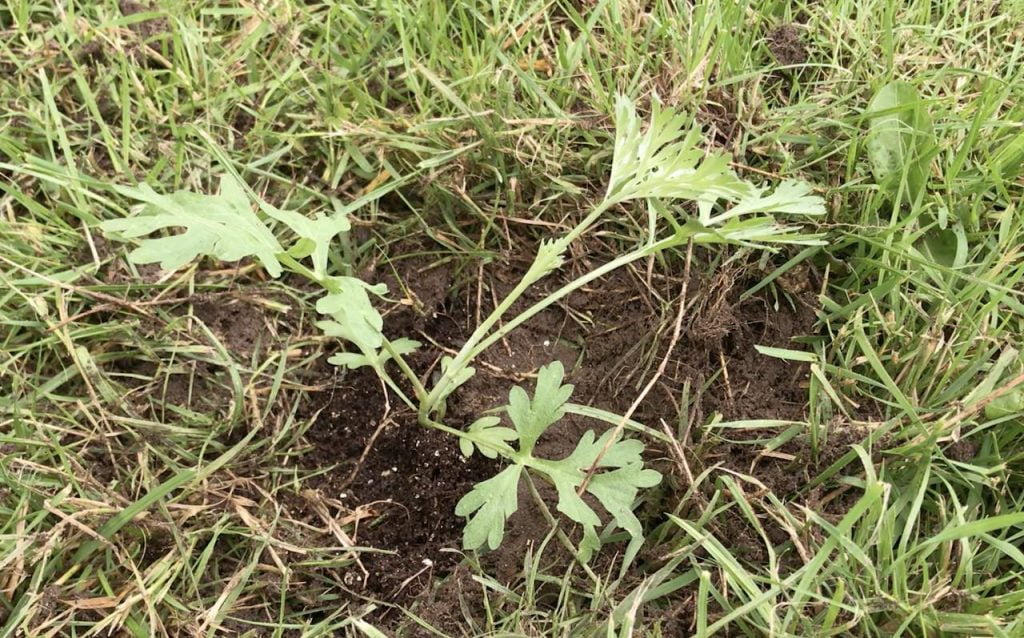
Step 7: Keep your new plants watered and free from weeds and grasses immediately around them for the first year. This enables them to get established. In the first year they probably wont flower but will establish their roots.

Step 8: Now for the brutal part. In October when the season is over mow over or scythe back the entire meadow area. Remembering that these herbaceous perennials and grasses will come back. This is essential. If not you will end up with a brown crispy mess come spring. I then mow again early March the following spring and then leave the meadow all season until October again. It really is mega low fuss once it's established!

The final thing to note is that we are not trying to completely remove weeds of grasses from growing. A true meadow mix has an abundance of weedy plants and grasses mixed in. This is what makes it so rich and diverse for wildlife. What we are aiming to do is add a few more flowering specimens to stop the area just turning weedy and monotone with its plants.
Growing Wildflowers from seed
Growing all wildflowers from seed under glass or on a window ledge couldn't be simpler. Most of these species require nutrient poor soil to germinate so always use seed compost where possible. I've also used 'spent' compost some times ie compost from a tub of annuals that have finished the year before.
How long will a Wildflower Meadow take to bloom?
There's no quick way to establish a wildflower meadow. Whether you're sowing annual seeds or growing herbaceous perennials like I've chosen, its year 2 when you see results. With the perennial method you've got a greater chance of success as the plants are already growing when you plant them. However you will get far brighter colours with an annual mix if you prepare the ground and provide the effort to get it going.
Once you've got your wildflower meadow going though its relatively easy to maintain, no real need to water or weed just cut back early spring and again in October when the seasons finished. if you want to watch my series on wildlife garden design for more hints and tips please checkout the playlist below and make sure you follow me on Social Media.
I'd love to hear from you on Social media either by Tweeting, Facebook or Instagram about how your gardens are doing. If you need gardening advice why not check out my Youtube Gardening guides and subscribe if you haven't already!
Make sure you come back soon to see the results of my meadow as it progresses.
Happy Gardening!
Source: https://www.gardenninja.co.uk/how-to-create-a-wildflower-meadow-the-easy-way/
0 Response to "Jacobs Ladder Flower Images Easy Front Yard Landscaping"
Post a Comment